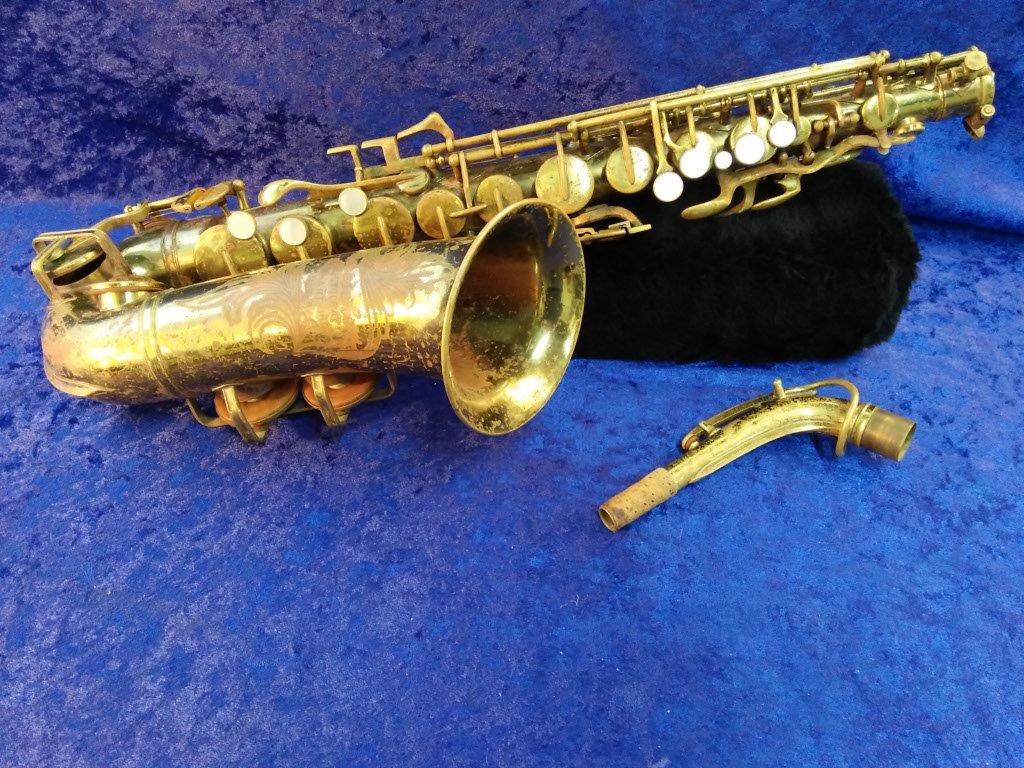

- #Buescher aristocrat serial numbers 723388 serial number#
- #Buescher aristocrat serial numbers 723388 series#
1942 Buescher Aristocrat Brass Tenor Saxophone, Serial Number #297524. Late 1920's Selmer Depose Clarinet, Serial Number #K7908. Model Introduced: 'Aristocrat' 1932-1963. Even so, its possible from this record to assemble a basic serial number chart for these instruments. The log book shows the serial numbers jumping around quite a bit for the Selmer/Adolphe Sax saxophones. Instruments manufactured after 1936 range in serial number from 1350-3600.
#Buescher aristocrat serial numbers 723388 series#
New Aristocrat Aristocrat - series I 'art deco' Aristocrat series II 'Big B' 400 top hat & cane Aristocrat series III - 'post Big B' Super 400 & standard '400'. True Tone became the trademark name for band instruments made by the Buescher Manufacturing Company. In March 1901 he patented a cornet unusual in that the valves were of unequal lengths. In 1894 his company began production of saxophones, becoming Conn's main competitor over the following two decades. Collins, a clothing merchant, and Harry L.

Main Street, which made band instruments and other metal products, in partnership with John L. In the fall of 1893 he opened the Buescher Manufacturing Company at 1119 N. In 1890, while still employed with Conn, he began producing band emblems at home and was setting up his own shop. Lefebre in 1888 he produced Conn's first saxophone prototype. After being shown an Adolph Sax model saxophone in possession of E.A. Conn's fledgling band instrument factory. He accompanied his family to Goshen, Indiana and then to Elkhart in 1875. If it's too thick it also brings the lower joint pad closer to the tonehole and can affect intonation and tone.The company was founded by Ferdinand August 'Gus' Buescher (born Elk Township, Noble County, Ohio 26 April 1861 died Elkhart, Indiana 29 November 1937). Many times I find this material to be too thick. With this the adjustment (other than pad heights) is done through the quieting mechanism for the lower ring keys, which is the bridge mechanism, which has cork or felt on the backside which it makes contact to the body. The pad installation and height in the cup, if too much sticking out, can affect intonation and the tone (stuffy, airy, etc). When this is close the adjustment is usually an adjustment to the bridge key itself. 1/64th is good.Īlso pad installation and height can have alot to do with when one pad closes and another doesn't. This cork (or felt) I try to make as thin as possible so that no compression can occur. There all is some noise material - cork between the two linkages. Normally though it gives more play but if one plays x00-x00 then that note does not sound properly because the upper joint lower ring pad isn't closing completely. If the clarinet, when the joints are assmebled for playing, is adjusted a little bit to far either way from this "perfect point" it can had it "out of adjustment". Sometimes the flat metal touches a curved lower joint mechanism, so there is a small point of contact. You want to try and adjust a large portion of the flat metal that touches the lower joint mechanism. BUt be careful about making it a curve as then only one point touches the lower bridge key mechanism. Your finger also works well in adjusting it. You may have to adjust this key by using some pliers (no teeth on them, smooth pliers) and making it flat. This is more common on older clarinets as this flat bridge seems to be thinner on older models than more modern models. Many times this bridge key, the one that sticks out from the upper joint, gets bent. The Clarinet upper joint lower ring pad and lower joint rings are connected through the bridge key.


 0 kommentar(er)
0 kommentar(er)
